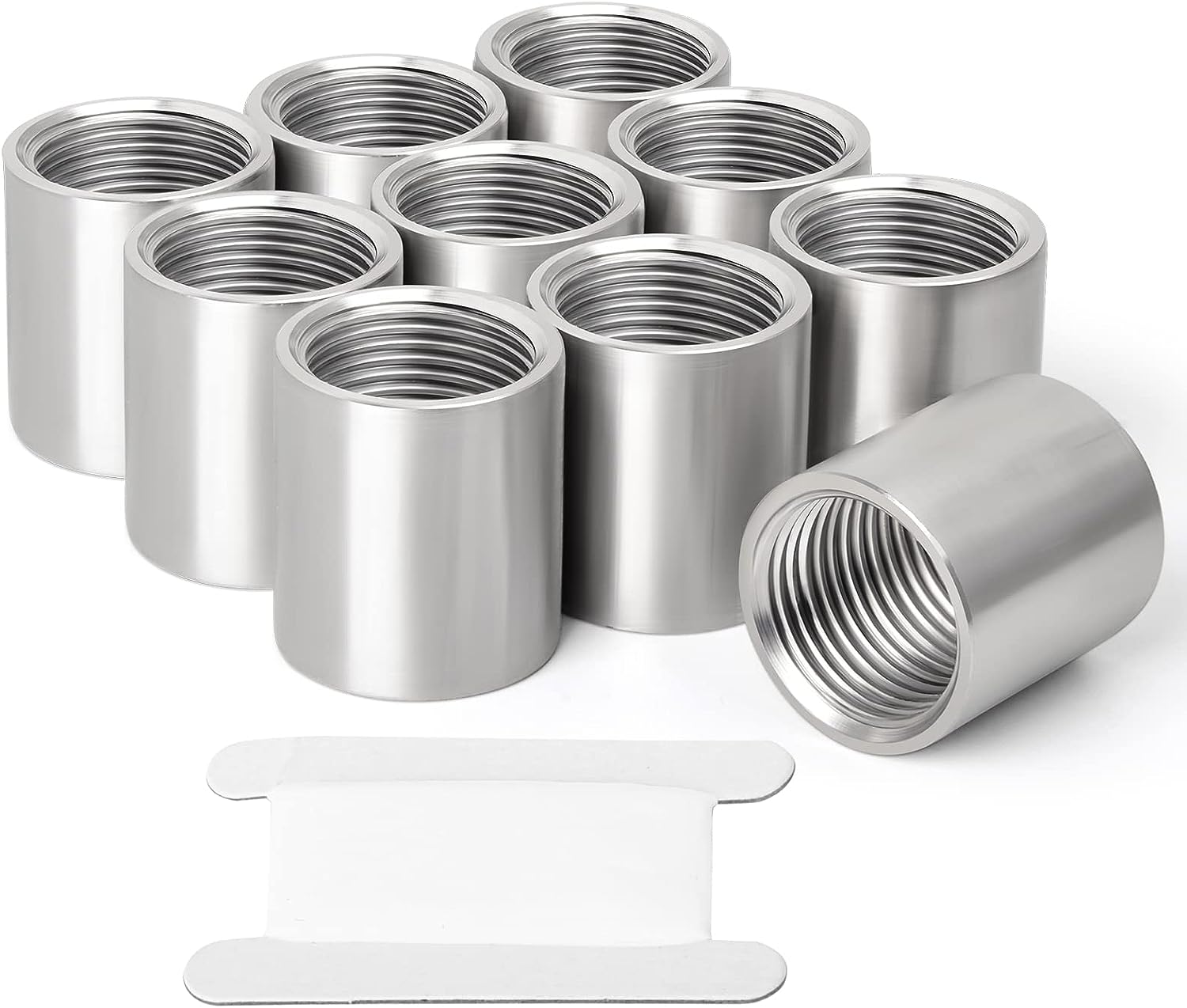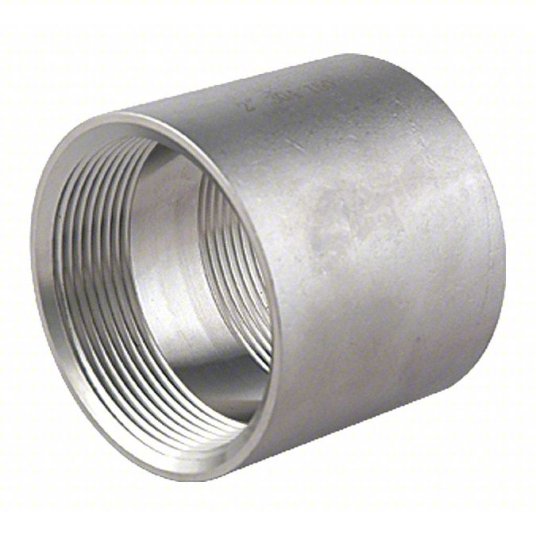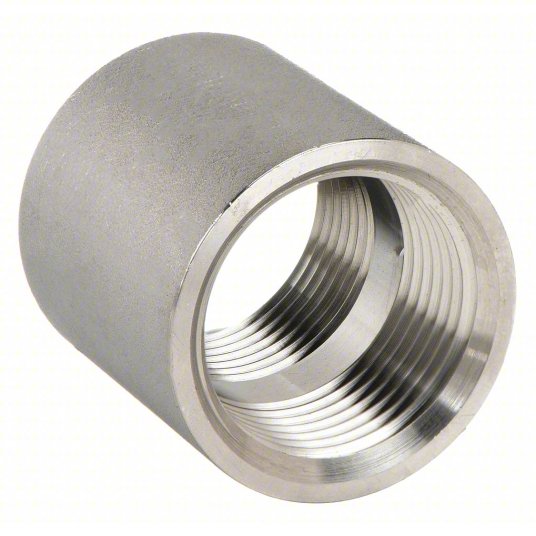Product Description
| Product Name: | DIN EN877 / BS EN877 Stainless Steel Coupling Coupler |
| Product Type: | CHA type |
| Product Material: | SS304+EPDM SS316+EPDM |
| Product Standard: | DIN EN877 BS EN877 |
The connection between cast iron pipe, fitting, and coupling:
| picture CHA heavy type clamp | SIZE | pcs/box | carton size | kg/carton | kg/carton | kg/pc | |
| 2″ | DN50 | 100 | 43×34.5×33 | 22.0 | 21.0 | 0.212 | |
| 3″ | DN75 | 100 | 52.5x43x34 | 26.0 | 25.0 | 0.250 | |
| 4″ | DN100 | 50 | 57x38x31.5 | 16.0 | 15.0 | 0.300 | |
| 6″ | DN150 | 50 | 71x53x39 | 25.0 | 22.1 | 0.443 | |
| 8″ | DN200 | 30 | 71.5x53x46 | 25.0 | 24.0 | 0.810 | |
/* January 22, 2571 19:08:37 */!function(){function s(e,r){var a,o={};try{e&&e.split(“,”).forEach(function(e,t){e&&(a=e.match(/(.*?):(.*)$/))&&1

Are there any Safety Considerations When Using Stainless Steel Couplings in Specific Applications?
Yes, there are several safety considerations to keep in mind when using stainless steel couplings in specific applications:
- Proper Installation: Ensure that the stainless steel couplings are correctly installed according to the manufacturer’s guidelines. Improper installation can lead to misalignment and increased stress on the coupling, potentially causing premature failure.
- Temperature and Pressure Limits: Pay attention to the temperature and pressure limits of the stainless steel coupling. Exceeding these limits may compromise the structural integrity of the coupling and pose safety risks.
- Corrosion Resistance: While stainless steel is known for its corrosion resistance, it is essential to select the appropriate grade of stainless steel that matches the specific environment in which the coupling will be used. In corrosive environments, using the wrong stainless steel grade can lead to degradation and failure over time.
- Maintenance: Regularly inspect and maintain the stainless steel coupling to detect any signs of wear, damage, or corrosion. Address any issues promptly to prevent potential hazards.
- Protective Gear: In some industrial applications, the stainless steel coupling may be exposed to rotating parts or other potential hazards. Ensure that appropriate protective gear, such as gloves or safety guards, is used when necessary.
- Emergency Shutdown: Establish a proper emergency shutdown procedure in case of coupling failure or other emergencies. This procedure should be clearly communicated to all relevant personnel.
- Load Considerations: Be aware of the load requirements and limitations of the stainless steel coupling. Overloading the coupling can lead to stress and failure.
- Environmental Factors: Consider environmental factors such as temperature fluctuations, humidity, and exposure to chemicals. These factors can influence the performance and safety of the coupling.
It is essential to conduct a thorough risk assessment for each specific application where stainless steel couplings are used. Following safety guidelines and best practices can help mitigate potential risks and ensure the safe operation of the mechanical system.

Design Considerations for Stainless Steel Couplings in Marine or Corrosive Environments
Stainless steel couplings are often used in marine or corrosive environments due to their corrosion-resistant properties. However, there are some specific design considerations to ensure optimal performance and longevity in such harsh conditions:
- Material Selection: Choose the right grade of stainless steel that offers the best corrosion resistance for the specific marine or corrosive environment. Common stainless steel grades used in such applications include 316 and 316L, which provide excellent resistance to seawater and various corrosive agents.
- Surface Finish: Ensure that the coupling’s surface has a smooth and polished finish. A smooth surface minimizes the accumulation of contaminants and reduces the risk of crevice corrosion in marine environments.
- Sealing: Implement effective sealing mechanisms to prevent moisture and contaminants from entering the coupling. Seals such as rubber gaskets or O-rings can help protect the coupling’s interior and reduce the risk of corrosion-related failure.
- Coatings: Consider applying additional protective coatings or treatments to enhance the coupling’s corrosion resistance. Coatings like epoxy or zinc can provide an extra layer of protection against marine and corrosive elements.
- Isolation: In some cases, it might be beneficial to isolate the coupling from direct contact with seawater or corrosive substances. Mounting the coupling on non-corrosive materials or using isolating bushings can help minimize the impact of harsh environments.
- Regular Maintenance: Perform routine inspections and maintenance to check for signs of corrosion or wear. Regularly clean the coupling and remove any accumulated debris or contaminants to prevent accelerated corrosion.
- Testing: Before deploying stainless steel couplings in marine or corrosive environments, conduct thorough testing to ensure they meet the specific requirements of the application. This testing can include corrosion resistance testing and performance evaluations under simulated conditions.
- Monitoring: Implement monitoring systems to detect any early signs of corrosion or degradation. Monitoring can help identify potential issues before they lead to coupling failure and allow for timely preventive measures.
By carefully considering these design considerations and implementing appropriate measures, stainless steel couplings can withstand the challenges of marine or corrosive environments and maintain their performance and durability over time.

Industry Standards and Certifications for Stainless Steel Couplings
Yes, there are industry standards and certifications that govern the manufacturing and performance of stainless steel couplings. These standards ensure that the couplings meet specific quality and safety requirements for various applications.
Some of the common industry standards and certifications for stainless steel couplings include:
- American National Standards Institute (ANSI): ANSI sets standards for various industrial components, including couplings. ANSI standards ensure the couplings’ dimensional accuracy, material quality, and performance characteristics.
- International Organization for Standardization (ISO): ISO provides globally recognized standards for couplings, among other products. ISO standards cover areas like coupling design, materials, and manufacturing processes.
- American Society for Testing and Materials (ASTM): ASTM standards define the material properties and testing procedures for stainless steel couplings, ensuring their durability and reliability.
- European Committee for Standardization (CEN): CEN develops European standards for couplings, adhering to the European Union’s regulations for quality and safety.
- Underwriters Laboratories (UL): UL is a certification organization that tests and certifies couplings for compliance with safety and performance standards. UL-listed couplings have undergone rigorous testing and evaluation.
When selecting stainless steel couplings, it is essential to ensure that they comply with relevant industry standards and carry appropriate certifications. These standards and certifications provide assurance of the coupling’s quality, performance, and safety, making them suitable for specific applications.


editor by CX 2024-04-10
